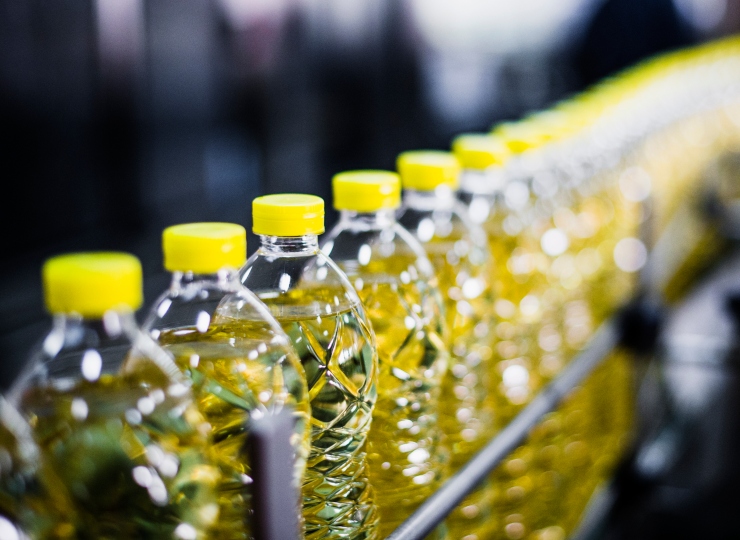Testing the physical properties of packaging materials for seal strength, drop tests, puncture resistance, strength and more, driving improvement in packaging material quality, efficiency and reliability through measurable scientific insights
The physical properties of packaging materials directly impact the packaging product's durability and performance. Packaging that is not prone to bursting or holes forming is an important safety factor as it protects products such as food, cosmetics, or chemicals against physical damage or contaminants such as bacteria. Packaging durability tests ensure well-performing packaging materials, which helps reduce product recall and optimise expected shelf life while keeping consumers safe.
Testing the physical properties of packaging materials plays a key role in developing novel materials, whether conventional plastics, recycled materials, bioplastics, or plant-based or other materials. Optimising the mechanical properties of packaging materials is a key consideration, and properties such as tensile, tear, burst and peel strength, barrier performance, and resistance to environmental factors like humidity, temperature fluctuations, and UV exposure should all be evaluated.
While conventional plastics offer excellent mechanical strength and barrier properties, their environmental impact drives the need for recyclable and biodegradable alternatives. It is essential to ensure that adding recycled plastic materials does not compromise the mechanical properties of packaging and performance, as there is a potential that recycled plastics may exhibit reduced mechanical strength due to polymer degradation. At the same time, bioplastics can be more vulnerable to humidity or temperature variations and struggle to match traditional plastics' durability, flexibility, and shelf-life protection.
To mitigate product recall risks, packaging failure analysis through stress testing, including temperature cycling and UV exposure, helps identify weak points and guides material improvements. By refining the formulation and processing methods, manufacturers can enhance the physical properties of packaging materials and the overall performance of next-generation sustainable packaging materials.
Mechanical and physical packaging tests:
The performance and effectiveness of packaging materials are fundamentally linked to their physical and mechanical properties. We use our 30 years of materials science, processing knowledge and physical testing experience to design test programs that help to achieve optimal performance, safety, and sustainability of your packaging materials. Our service offering includes those listed below, many of which can be carried out to specific ASTM or ISO standards.
- Tensile Strength: Resistance to pulling or stretching forces Including tests such as such as ISO 527-3 or ASTM D882
- Impact Resistance: Durability against sudden shock or impact loads. We use methods such as ASTM D1709
- Tear Resistance: Ability to resist tearing or splitting under stress. We use the Elmendorf test (EN-ISO 6383 part 2), ASTM D1922 or the graves tear test (ASTM D1004)
- Compression Strength: Resistance to compressive or crushing forces
- Flexural Strength: Resistance to stress caused by bending
- Elastic Recovery: Measuring the elastic recovery, permanent deformation, and stress retention of films and materials by ASTM D5459
- Burst Strength: Capability of a material to resist bursting under pressure
- Abrasion Resistance: Ability of a material to resist scratching or wear from friction
- Seal Strength: Tests such as ASTM F88 evaluate the peel strength of seals, while ASTM F1921 assesses hot tack strength, crucial for packaging efficiency
- Puncture Resistance: using methods such as like ASTM F1306, ASTM D1709 Standard Test Methods for Impact Resistance of Plastic Film by the Free-Falling Dart Method, ASTM D5748 Protrusion puncture test and ISO 7765-2 impact resistance by free falling dart and ASTM F1306
- Friction Testing: Resistance of one surface sliding across another. We use methods such as ISO 11502, the Parallel Plate Method (ASTM 3354), ISO 8295 and the Peel Cling test (ASTM D5458)
- Hot Tack: Strength testing of heat seals formed between thermoplastic surfaces of flexible webs. We test according to ASTM F1921 (method B)
- Gelbo Flex: Resistance against repetitive strain for flexible barrier materials
- Peel Testing: Adhesion strength of two materials that have been bonded together
Related package material physical properties testing:
- Ageing and Durability: Accelerated Weathering Testing for Plastics and Polymers
- Thermal Behaviour: The material's response to temperature changes, including heat deflection temperature (HDT)
- Environmental Conditions Testing: Performance after controlled exposure to elevated or minimal temperatures or temperature and humidity cycling. Exposure to ultraviolet (UV) or daylight simulation and weathering of packaging
- Optical Properties: Clarity, gloss, opacity, and colour to ensure aesthetic appeal We test for gloss (ASTM D2457) and haze (ASTM D1003) and clarity (BYK method) and we also measure colour in terms of L*a*b* colour space using Colorimetry as per Part 4: CIE 1976 L*a*b* colour space (ISO/CIE 11664)
- Chemical Resistance: The ability to withstand degradation or deterioration when exposed to chemicals
- Density: Understanding the mass per unit volume for optimised material usage
Barrier Properties of Packaging Materials
Well-performing barrier properties of packaging materials are vital for maintaining the integrity of the items they protect. To ensure reliability, these materials should undergo rigorous physical and mechanical testing, such as measuring Water Vapor Transmission Rate (WVTR) and Oxygen Transmission Rate (OTR) using standardised methods like ASTM and ISO. Testing also assesses the impact of processing parameters on the final barrier properties, such as thickness, crystallinity, and surface characteristics. Our barrier property testing capabilities include ASTM D3985, ASTM F1249, and their respective ISO standards.
Packaging Failure Analysis
By performing a detailed packaging failure mode and effects criticality analysis, we can support you in identifying potential weaknesses in your packaging. Our methods help pinpoint vulnerabilities like cracking, delamination, or reduced barrier properties. The insights our scientists derive can help you to make informed decisions during materials selection processes and improve designs for long-term or repeated-use applications.
Collaborate with Intertek for Reliable Packaging Solutions
At Intertek, we specialise in physical testing of packaging materials to ensure their performance, safety, and sustainability across industries like food, medical, cosmetics, and consumer products. Our comprehensive testing services help businesses achieve the optimal balance of physical and mechanical properties, ensuring compliance with safety standards while fostering innovative and environmentally responsible packaging solutions. Intertek can support you in improving shelf appeal, help ensure safety and that products make it through the distribution process, and provide you with the scientific insight you need to have data-backed confidence in your products.
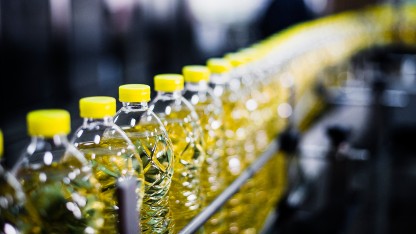
Food Contact Materials Testing & Food Packaging Analysis
Food contact materials testing to demonstrate regulatory compliance through experienced laboratory services
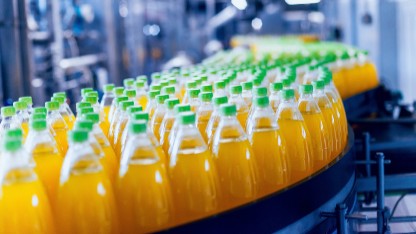
Non-Intentionally Added Substances and NIAS Testing for Food Contact Materials
NIAS testing for food packaging safety helping you to mitigate potential health risks
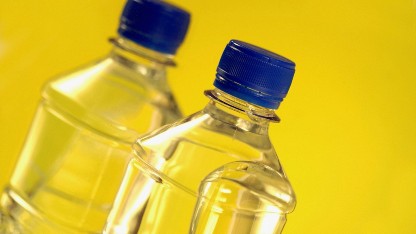
Migration Testing for Food Contact Materials (FCMs)
Food contact material (FCM) migration testing studies including overall migration and/or specific migration
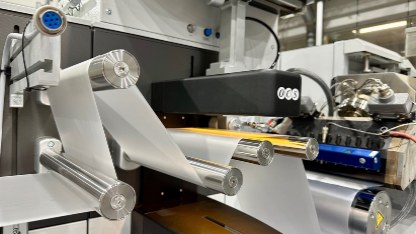
Plastic Film Testing for Quality and Performance
Plastic film testing for quality and performance using factors like gel count and a range of mechanical, physical and optical property testing
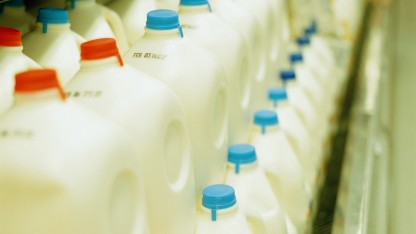
Testing Primary Aromatic Amines in Food Packaging
Testing for primary aromatic amines in food packaging materials is key to regulatory compliance for plastic food contact materials
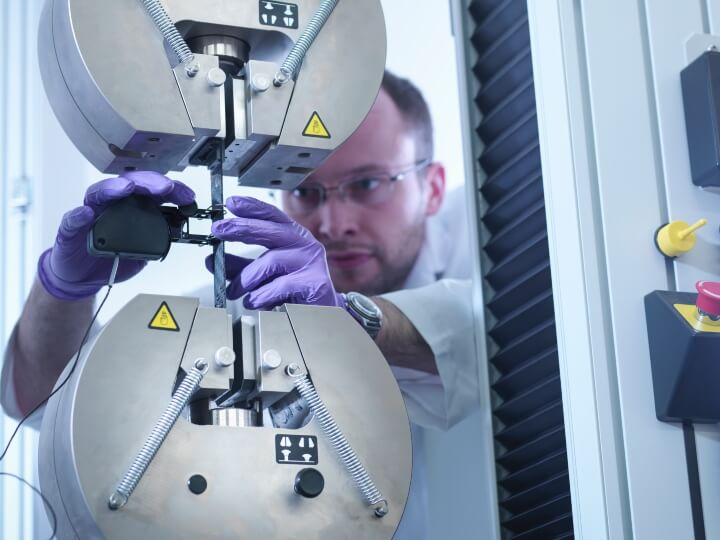
Testing the Physical Properties of Packaging Materials
Hot Tack Testing
Trace Metals Testing for Food Contact Materials

